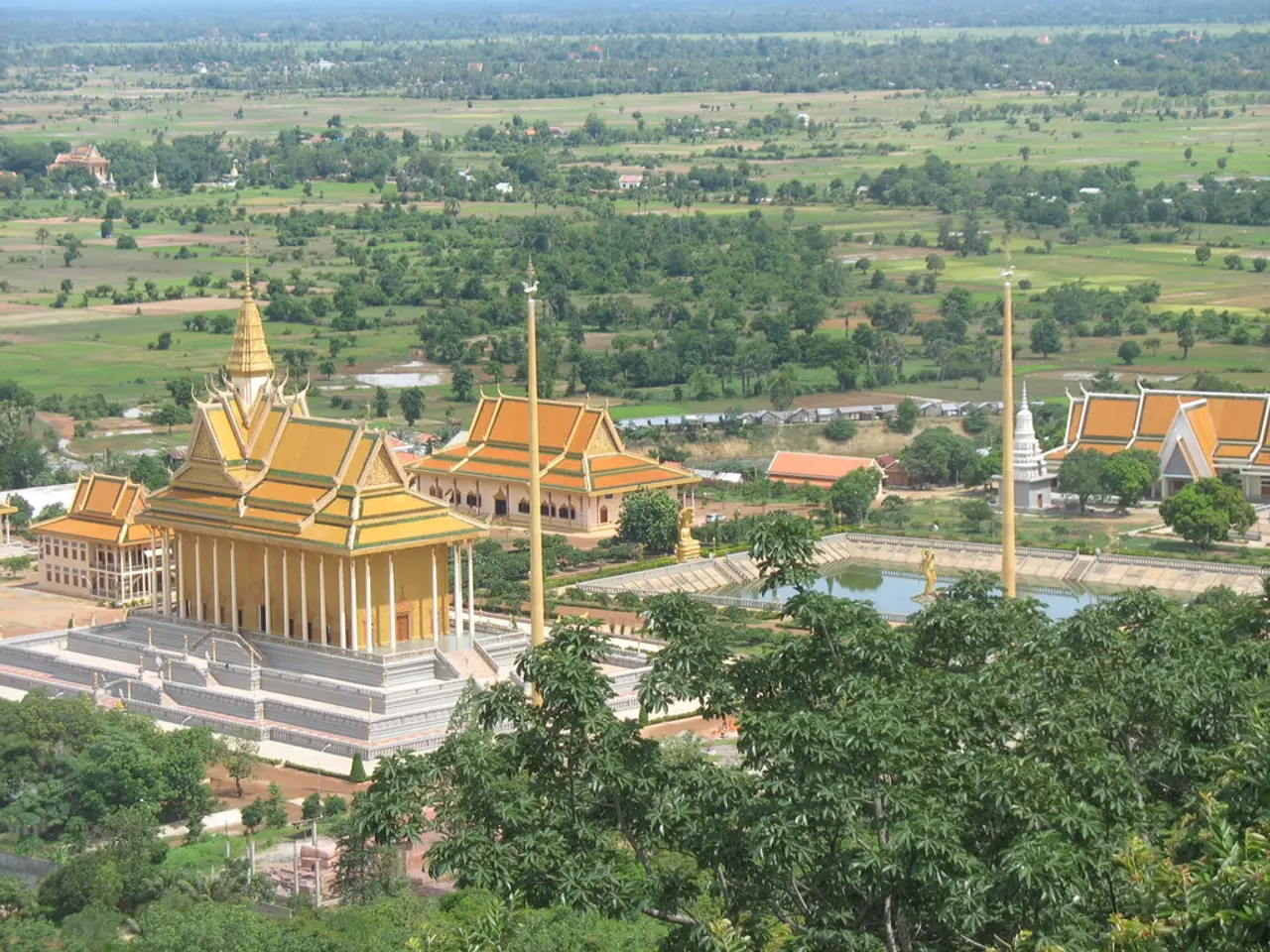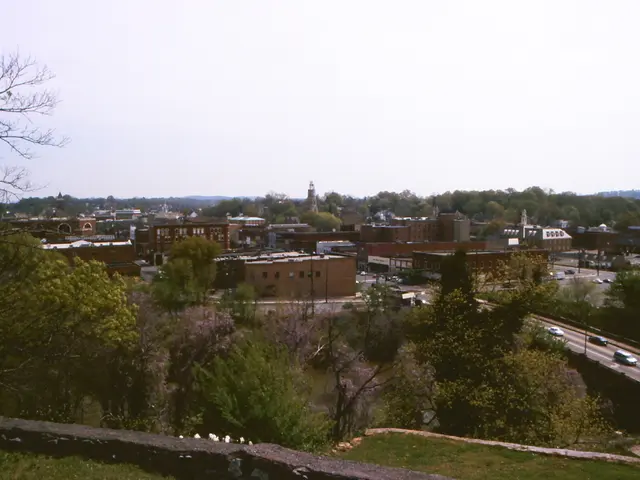The Significance of Machu Picchu: What Makes Machu Picchu Significant?
In the heart of the Peruvian Andes, nestled at an altitude of 2,430 meters (7,970 feet), lies the ancient city of Machu Picchu - a testament to the ingenious farming practices and sustainable water management systems of the Inca civilization. This awe-inspiring archaeological site, built in the 15th century, has captured the imagination of visitors from around the globe.
Machu Picchu is more than just a royal retreat or fortress; it was a carefully planned, multifunctional center that served various roles in Incan civilization. Recent research suggests that it functioned as a ceremonial and spiritual sanctuary, a provincial capital and political center, a control post for strategic and economic purposes, and a central node in a network of ceremonial sites.
As a spiritual sanctuary, Machu Picchu was a sacred place for the Inca elite, reflecting their deep connection to nature and celestial phenomena. The site boasts temples, mausoleums, and huacas (sacred sites) dedicated to deities like the Sun and Moon, emphasizing its religious significance. As a political-administrative hub, Machu Picchu controlled several valleys and facilitated governance and integration of surrounding regions into the empire.
Located on the border area of the empire close to the Amazonian region, Machu Picchu played a crucial role in controlling newly incorporated territories and regulating the movement of valuable goods such as coca leaves, medicinal plants, bird feathers, and gold. The strategic position of Machu Picchu also played a role in trade and resource management.
The city's architectural wonders include the Temple of the Sun and the Room of the Three Windows, showcasing the Inca's stone masonry techniques, particularly ashlar construction. The city's layout and design reflect a harmonious integration with the natural landscape.
Balancing conservation and accessibility is a delicate challenge for authorities managing Machu Picchu. Implementing visitor quotas, designing sustainable infrastructure, and utilizing technology to enhance the visitor experience without compromising the site's integrity are key strategies. Preservation efforts extend beyond the physical site to include educational initiatives, raising awareness about the importance of responsible tourism and the need to safeguard this UNESCO World Heritage Site for future generations.
The continuous exploration of Machu Picchu plays a pivotal role in expanding our knowledge of the ancient Incan civilization. Modern technologies in archaeology, such as LiDAR, ground-penetrating radar, and 3D modelling, are significantly enhancing ongoing research at Machu Picchu. Recent excavations continue to yield valuable insights into the daily lives and activities of the city's inhabitants, including the discovery of artefacts, tools, and ceremonial objects.
The enduring allure of Machu Picchu lies in its ability to spark curiosity and fuel the intellectual curiosity of those who seek to understand the complexities of the past. It represents a commitment to preserving and interpreting this remarkable archaeological site, ensuring that the legacy of Machu Picchu remains an enduring source of inspiration and knowledge for generations to come.
However, the purpose and circumstances of Machu Picchu's abandonment remain subjects of scholarly debate and speculation. Despite the mysteries that surround this ancient city, one thing is clear - Machu Picchu continues to captivate and inspire, standing as a symbol of the delicate balance between humanity and the environment, with preservation efforts being crucial to maintaining the site's integrity and ensuring that future generations can continue to explore and learn from this remarkable testament to human ingenuity.
[1] Kauffmann, E., 2015. Machu Picchu: un misterio sin solución. National Geographic. [3] Salazar, J., 2019. Machu Picchu: nuevas evidencias sobre su uso y significado. El Comercio. [4] Zuidema, T., 2020. Machu Picchu: A Sacred Landscape. University of Texas Press.
- The spiritual significance of Machu Picchu, as a sacred place for the Inca elite, offers a captivating insight into their deep connection with nature and celestial phenomena, forming an integral part of the unique lifestyle that surrounds travel to this ancient city.
- Given its multifunctional role as a ceremonial, political, and administrative center, Machu Picchu serves as not only a fascinating travel destination but also a valuable laboratory for archaeologists to uncover the intricacies of the Incan civilization, fueling our sense of curiosity and intellectual pursuit.





